- HOME
- >
- 사업소개
- >
- 한국문학 번역ㆍ연구ㆍ출판지원
한국문학 번역ㆍ연구ㆍ출판지원
-
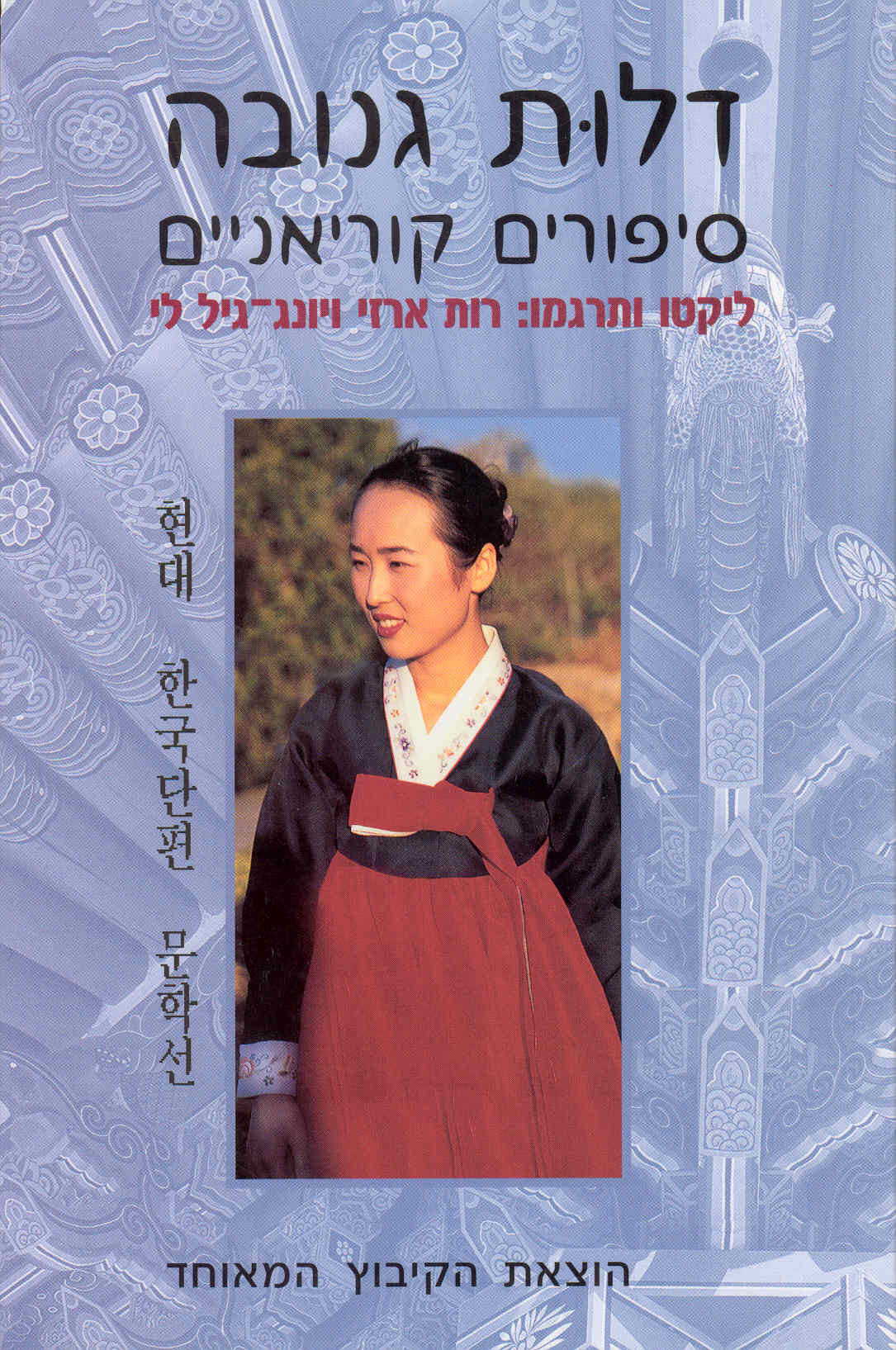
Fiction소설 | 한국현대단편선(前 해외한국문학 연구지원사업 지원) Selected Contemporary Korean Short Stories
저자 박완서 외 ㅣ 역자 Ruth Arazi
출판사 Israel이스라엘 Hakibbutz Hameuchad ㅣ 출판일 2004(2002 지원)
현대 한국단편 문학선Selected Contemporary Korean Short Stories
박완서 外 作/ 루스 아라지 譯/ 이스라엘 하키부츠 하메우하드 刊
한국 현대문학을 대표하는 작가들의 주옥같은 단편들을 모은 작품집이 번역가 루스 아라지(Ruth Arazi) 박사에 의해 히브리어로 번역되어 하키부츠 하메우하드(Hakibutz Hameuchad) 출판사에서 출간되었다. 한국문학이 이스라엘에 소개된 것은 지난 2000년에 한국현대시선집 『Korean Love 한국인의 사랑』이 출간된 것이 처음이며 이번에 같은 번역자에 의해 한국 소설 역시 처음으로 히브리어로 번역, 출간되었다. 번역자인 루스 아라지 박사는 주한이스라엘 대사를 지낸 아리에 아라지(Arie Arazi) 박사의 부인으로 대표적인 친한 인사이다. 박완서의 「도둑맞은 가난」을 비롯 하근찬, 황순원, 이청준, 이문열, 임철우, 신경숙 등의 단편 7편이 실려 있다. 이스라엘의 주요 신문과 방송들은 번역자인 아라지 박사와의 심층 인터뷰를 싣고 출판기념 리셉션을 취재하여 비중있게 보도하는 등 많은 관심을 보이고 있다. 2002년 지원.
Selected Contemporary Korean Short Stories
Park Wan-Suh et al. (Author)/ Ruth Arazi(Translator)/ Israel: Hakibutz Hamuchad, 2004
This volume of short stories contains seven such precious treasures of the contemporary literary world in Korea as Stolen Poverty by Park Wan-Suh, The Golden Phoenix by Yi Mun-Yol, A Shared Journey by Im Ch’or-U, The Suffering of Two Generations by Ha Keun-Chan, The image of Mija by Shin Kyong-Suk, Cranes by Hwang Sun-Won, and The Snowy Road by Yi Ch’ong-Jun. The translator, Ruth Arazi, included an introduction to Korean literature along with profiles of the authors; Professor Ruth Arazi is the wife of professor Arie Arazi, former Israeli ambassador to Korea, and has translate and published a book of sellecte contemporary Korean poetry, Korean Love(2000). Professor Ruth Arazi, a major pro-Korean delegate of considerable influence in the Israeli literati, plans to actively promote this translation through the Korean Embassy in Israel and Israeli media such as newspaper and broadcasting. -
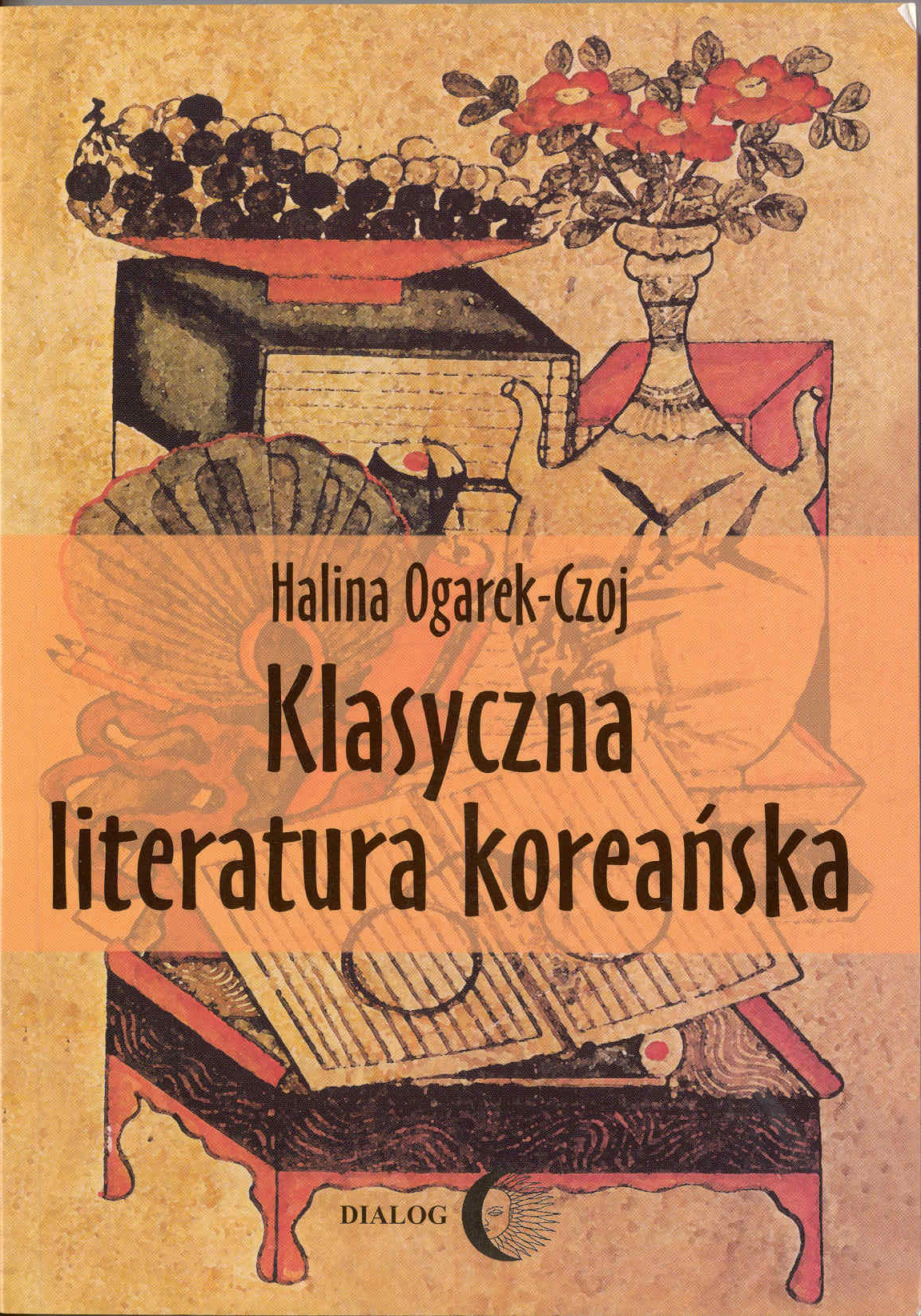
Lit.Theory문학사 | 한국고전문학(前 해외한국문학 연구지원사업 지원) Klasyczna Literatura Koreanska
저자 ㅣ 역자 Halina Ogarek-Czoj 할리나 오가렉 최
출판사 Poland폴란드 Dialog ㅣ 출판일 2004(1997 지원)
한국고전문학
할리나 오가렉 최 著, 폴란드 디알로그 刊
폴란드 바르샤바대학교 동양학연구소 한국어문학과의 할리나 오가렉 최(Halina Ogarek-Czoj) 교수가 삼국시대부터 19세기 조선 후기까지의 한국문학을 체계적으로 집필하였다. 폴란드에서 최초로 간행된 한국문학사 전문서적으로 폴란드 동양학 전문출판사인 디알로그에서 출간됐다. 책 말미에는 한국어 표기로 지명, 인명, 작품명 등에 대한 색인이 첨가되어 있어 독자들의 이해를 돕고 있다. 출간되자마자 바르샤바대학 동양학연구소의 공식 도서목록에 올랐으며, 한국어문학과의 입학시험 필독도서로 선정되었다. 바르샤바대학과 폴란드 남서부의 포즈난대학의 한국어문학과 뿐만 아니라 바르샤바에 있는 인문고등학교인 세종대왕고등학교의 학생들도 교재로 사용하고 있다. 후속편인 『20세기 한국문학』도 곧 출간될 예정이다.
Klasyczna literatura Koreańska (Classical Korean Literature)
Halina Ogarek-Czoj(Author)/Poland: Dialog 2004
This is a systematic treatment of the history of Korean literature from the three kingdoms era to the end of the Chosun Dynasty by Halina Ogarek-Czoj, professor of Korean Literature at the Institute for East Asian Studies at Warsaw University in Poland. The first history of Korean literature to be published in Poland, it was published as part of a series by Dialogue Publishers, which specializes in East Asian Studies. At the back of the book, an index has been added which lists the names of people, places, and literary works in Korean. As soon as it was published, it was added to the catalogue of Warsaw University’s Institute for East Asian Studies, and was made required reading for the Department of Korean Literature entrance exam. It is being used as a textbook not only at Warsaw University and in the Korean Literature Department at Pozna University in southwestern Poland, but also at King Sejong High School, a humanities high school in Warsaw. A sequel, Twentieth Century Korean Literature, is planned to be published soon. -
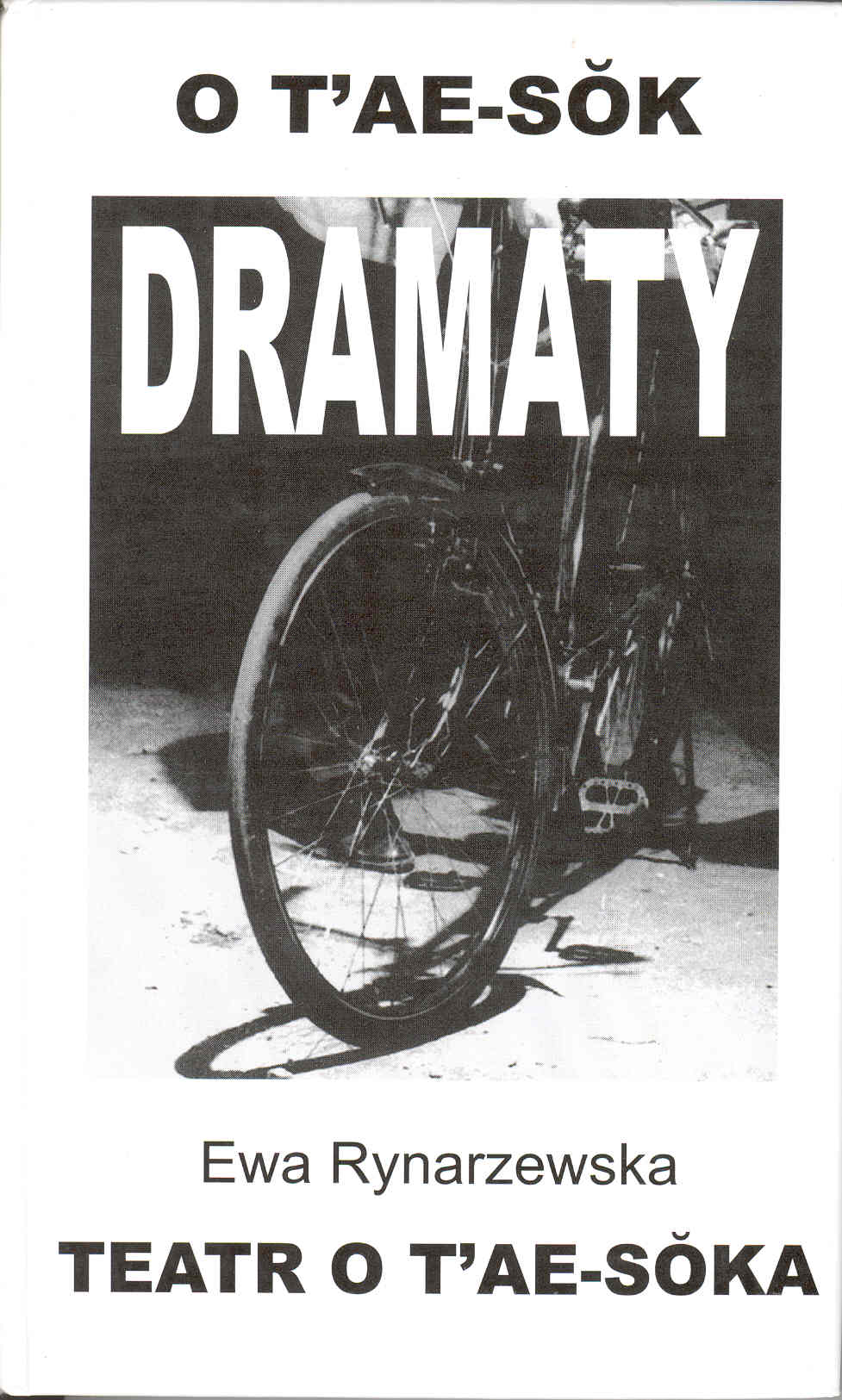
Drama희곡 | 오태석희곡집(前 해외한국문학 연구지원사업 지원) O T'ae-Sŏk DRAMATY
저자 오태석 ㅣ 역자 Ewa Rynarzewska
출판사 Poland폴란드 Pod Wiatr ㅣ 출판일 2004(2003 지원)
오태석 희곡집 O T’ae-Sok DRAMATY
에바 르나제흐스카 譯/ 폴란드 포드 비아트르 刊
한국에서 현대문학을 전공하여 박사학위를 받은 에바 르나제흐스카(Ewa Rynarzewska) 바르샤바대 한국어과 교수가 번역한 한국 희곡집이 폴란드 포드 비아트르(Pod Wiatr) 출판사에서 출간되었다. 「자전거」, 「부자유친」, 「태」, 「백마강 달밤에」, 「심청이는 왜 두 번 인당수에 몸을 던졌는가」 등 오태석의 대표작 5편이 실려 있다. 이 작품들은 한국의 역사와 전설 및 무속신앙을 소재로 하고 있어서 폴란드 연극인들로부터 큰 관심을 불러일으킬 것으로 기대된다. 특히 번역자는 이들 작품 속에 나타난 역사적 배경 및 전설에 대한 설명과 이에 대한 오태석의 해석 방법 및 연극 세계까지도 자세하게 설명하고 있어 독자들의 이해를 돕고 있다. 2003년 지원.
O T’ae-Sok Dramaty (Dramas of O T’ae-Sok)
O T’ae-Sok(Author)/ Ewa Rynarzewska(Translator)/ Poland: Pod Wiatr, 2004
O T’ae-Sok Dramaty(“Dramas of O T’ae-Sok”) publishes this play wright’s five most celebrated pieces: Rower, Miedzy Ofcem a Synem Ma Istniec Serdecznosc, Lono, Ksiezyc Nad Rzeka Paengma, and Dlacaego Shim Chong Tzucila Sie W Wody Indang P Raz Drugi? As these works draw from Korean history and legend in addition to shaman faith, this omnibus should prove most engaging for Polish readers change to: possessing a curiosity about Korea, and interest in avant-garde theater, of both. The translator shows particular forethought, in including detailed, helpful explanations on O T’ae-Sok’s world of theatre, and the legends and historical background appearing in the works, as well aw the author’s method of analyzing such themes. -
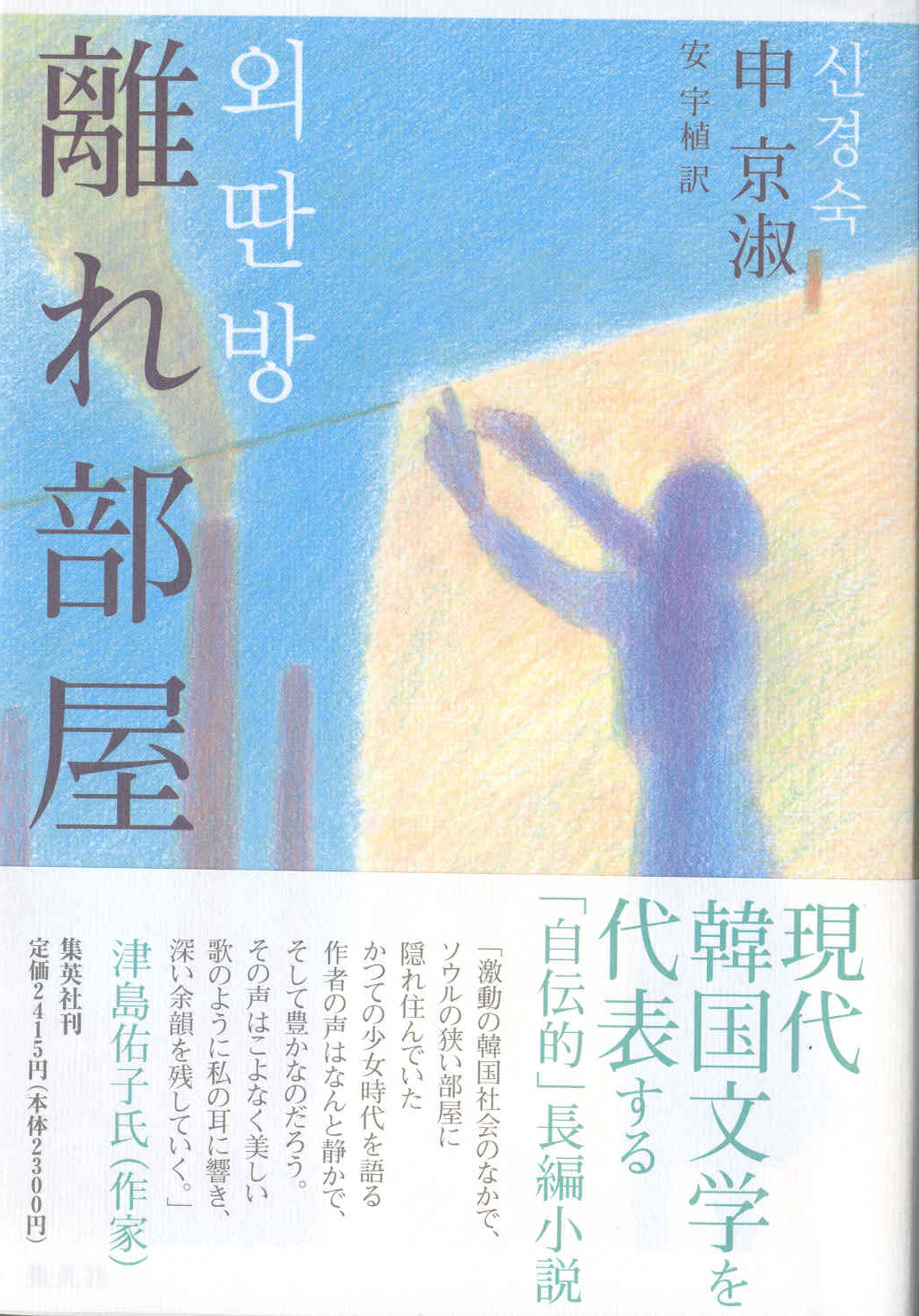
Fiction소설 | 외딴 방(前 해외한국문학 연구지원사업 지원) 離れ部屋
저자 신경숙 ㅣ 역자 Ahn Woo-Sik 안우식
출판사 Japan일본 集英社 ㅣ 출판일 2005(2003 지원)
외딴방 離れ部屋
신경숙 作/ 안우식 譯/ 일본 集英社 刊
신경숙 장편소설 『외딴방』이 일본어로 번역되어 슈에이샤(集英社)에서 출간되었다. 조정래의 『태백산맥』, 이문열의 『사람의 아들』 등을 출판한 바 있는 슈에이샤는 일본의 대표적인 대형 문예출판사이다. 슈에이샤는 이번에 발간된 『離れ部屋 외딴방』을 홍보하기 위해 신문에 대대적인 광고를 하고 있으며 저자인 신경숙을 일본으로 초청하여 대담도 가졌다. 일본에도 열악한 노동조건 아래서 일하는 방직공장 여공의 참담한 생활을 그린 『여공애사 女工哀史』란 작품이 있는데 이를 기억하는 일본인들이 신경숙의 자전적 모습을 담은 『외딴방』에 많은 관심을 보이고 있는 것으로 보인다. 2003년 지원.
離れ部室 (Room of Isolation)
Shin Kyung-Suk(Author)/ Ahn Woo-Sik(Translator)/Japan: 集英社 ,2004
離れ部室 is an autobiographical novel which clearly depicts the love and pain of a girl living in difficult circumstances from the age of sixteen to twenty while nourishing literary dreams. Told in the first person from the contemporary perspective of a now widely-known writer, the novel is not cheerful, but rather one by one draws up the recollections of quiet pain suffered by a fearful girl, as though pulling them up out of a well. Never rich, but always enjoying warmth and care, she went up to the city and worked in the office of an electronics firm by day and took company-sponsored industrial arts courses by night. The story of what she experienced, along with her inner turmoil, is told in a calm, sensitive, and beautifully heart-rending style. -
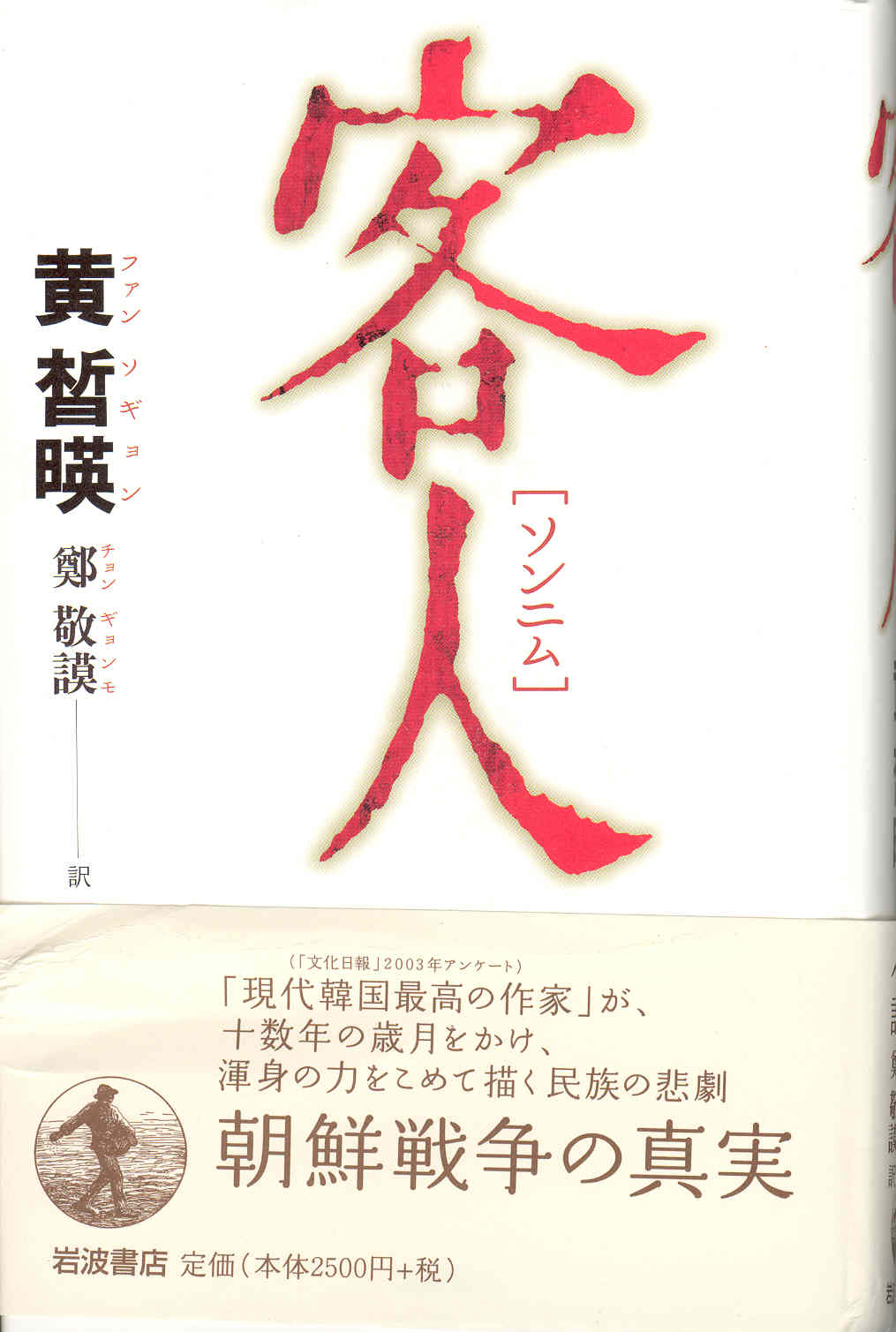
Fiction소설 | 손님(前 해외한국문학 연구지원사업 지원) 客人
저자 황석영 ㅣ 역자 Jeong Kyung-Mo 정경모
출판사 Japan일본 岩波書店 ㅣ 출판일 2004(2003 지원)
손님客人
황석영 作/ 일본 이와나미서점 刊
한국의 대표적인 중진작가 황석영의 장편소설 『손님』이 재일 통일운동가 정경모 씨에 의해 일본어로 번역되어 『客人』이란 제목으로 일본의 명문 출판사인 이와나미서점(岩波書店)에서 출판되었다. 2001년 대산문학상 수상작이기도 한 『손님』은 미국에서 목회 활동을 하는 교포 목사가 북한 방문단에 끼어 50년 전에 떠나온 고향을 돌아보고 거기서 친척들을 만나며 과거의 참혹했던 공산당원과 기독교인들간의 보복 사건을 회상하고 그때 죽은 영혼들과 대화를 하면서 마침내 한국전쟁 중에 벌어졌던 민족상잔의 진상을 해명하고 화해의 가능성을 발견하는 이야기를 담고 있다. 이와나미서점은 황석영의 『객지』, 『오래된 정원』를 비롯하여 한국의 단편소설선, 동요선집, 민요선집 등을 출판한 바 있다. 2003년 지원
客人 (The Guest)
Hwang, Seok-Young (Author)/ Jung Kyung-Mo (Translator)/ Iwanami, 2004
Winner of the Ninth Daesan Literary Awards, The Guest traces the life of a Korean pastor living abroad in America upon joining a group of visitors to North Korea as he reflects on the 50 years since his departure. There, meeting his relatives, he recollects past tragic events of retaliation between the Communists and the Christians, and through conversing with the ghosts who died there, finds possibility for reconciliation and moreover, the struggle of the people during the Korea War explained at last Attracting the highest of attention from all the Korean literary circles in 2001, The Guest, reaches across a gamut of audiences as attested by its publication in English, French, German, Spanish, Chinese and many others. -
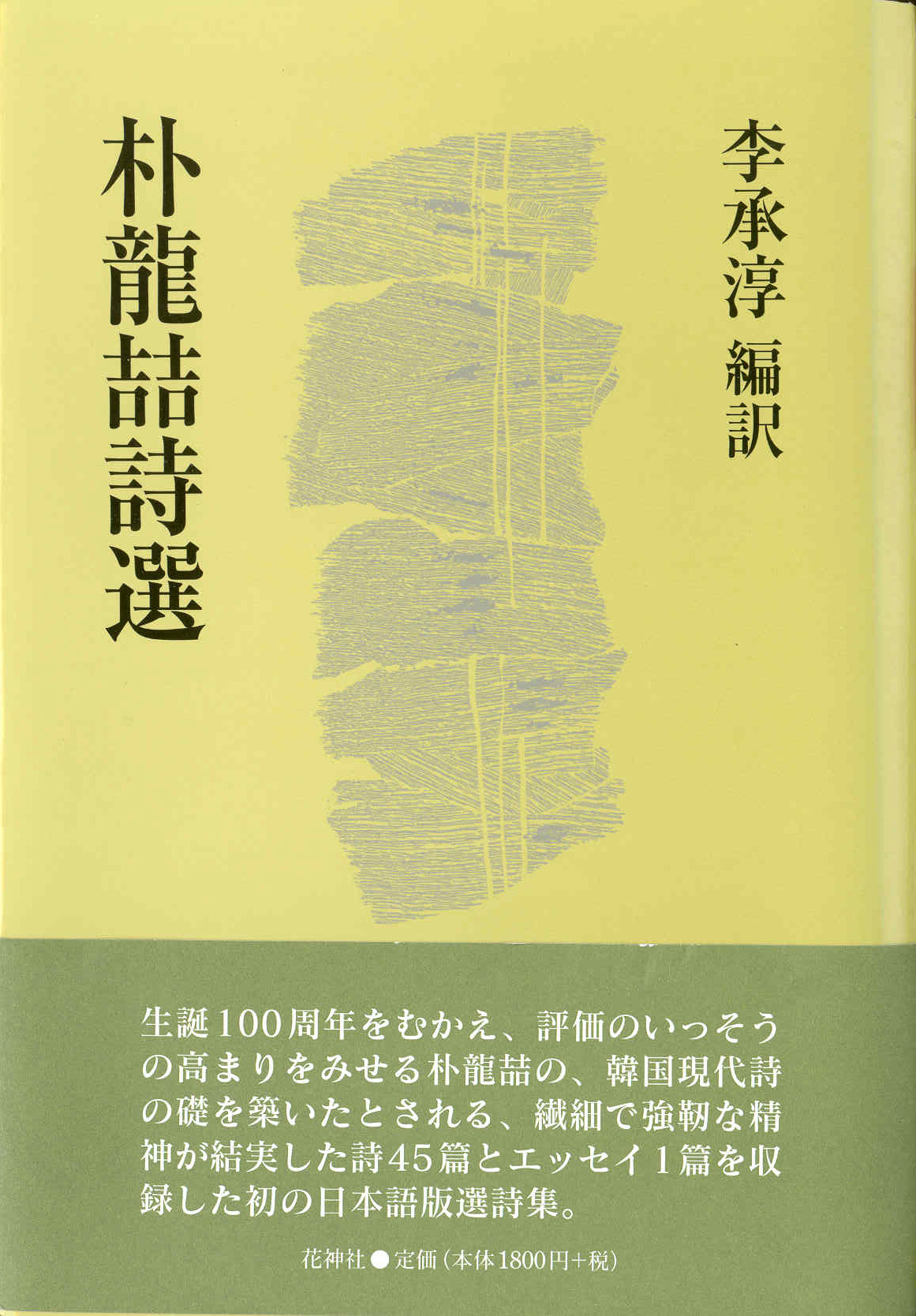
Poetry시 | 박용철시선 (前 해외한국문학 연구지원사업 지원) 朴龍喆 詩選
저자 박용철 ㅣ 역자 Lee Seung-Sun 이승순
출판사 Japan일본 花神社 ㅣ 출판일 2004(2004 지원)
朴龍喆 詩選 박용철 시선
이승순 譯/ 일본 가신샤 刊
1904년 태어난 박용철 시인의 탄생 100주년을 기념하여 일본 가신샤(花神社)에서 그의 시선집이 출간되었다. 이 번역서에는 박용철의 대표시 45편과 산문 「시적 변용」이 수록되어 있다. 정지용, 김광규의 시선집에 이어 한국 현대시의 기틀을 닦은 박용철의 시선집이 잇따라 일본에서 출간됨으로써 일본 독자들에게 한국시를 지속적으로 소개하는 계기가 되었다. 일본에서 시인으로 활동중인 번역자 이승순 씨는 동경을 중심으로 활동하는 일본 시인들과 각 대학 도서관, 언론사를 통해 시선집을 널리 알리고 있다.
朴龍喆詩選 (Selected Poems of Park Young-Cheol)
Park Young-Cheol(Author)/ Lee Seung-Soon(Translator)/ Japan :花神社 集英社, 2004
In the commemoration of the 100 year anniversary of his birth in 1904, Ka Shrine in Japan has published a collection of the poetry of Young-cheol Park. This translation contains forty-five of Young-cheol Park’s representative poems, as well as his essay “Poetic Transformation.” This collection of the work of Yong-cheol Park, one of the cornerstones of modern Korean poetry, follows the Japanese publication of selected works of Ji-young Jeong and Kwang-kyu Kim, and is an opportunity to continue introducing Japanese readers to Korean poetry. Translator Seung-sun Lee, himself a poet, is actively promoting the work through a network of Tokyo-based Japanese poets, various university libraries, and the media. -
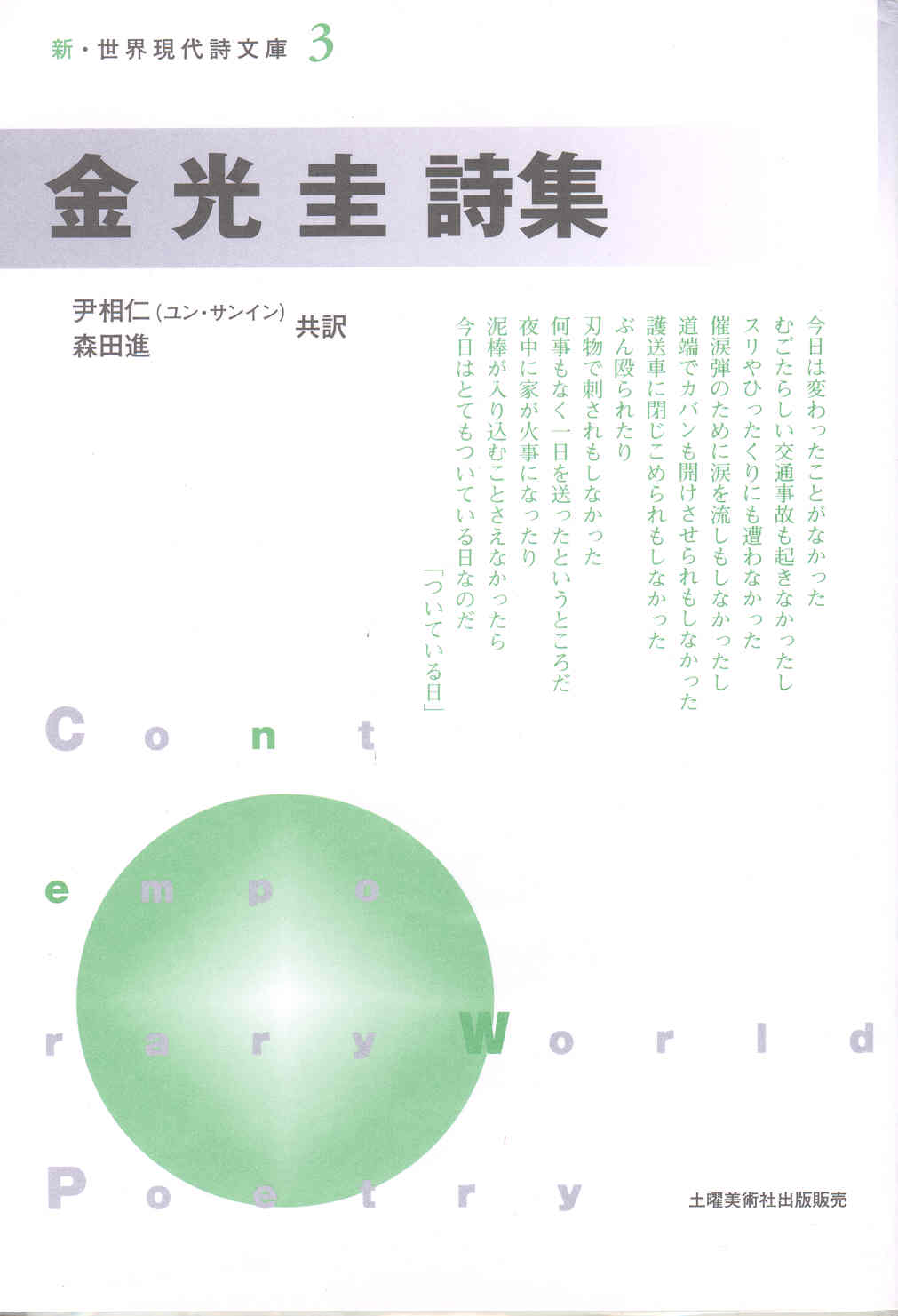
Poetry시 | 김광규 시집(前 해외한국문학 연구지원사업 지원) 金光圭詩集
저자 김광규 ㅣ 역자 Yun Sang-In 윤상인, Morita Susumu (森田進)
출판사 Japan일본 土曜美術社出版販賣 ㅣ 출판일 2004(2001 지원)
김광규 시집 金光圭 詩集
일본 토요미술사출판판매 刊
한국 현대시단을 대표하는 김광규 시인의 대표시선 『金光圭 詩集』이 일본어로 번역되어 토요미술사출판판매(土曜美術社出版販賣)에서 출간되었다. 한양대 일문과 윤상인 교수와 모리타 스스무(森田進) 일본 혜천여학원대학(惠泉女學園大學) 교수가 공동으로 번역하였다. 일본 최대의 시 전문 출판사 중 하나인 토요미술사의 새로운 시리즈 ‘新 世界現代詩文庫’로 출판됨으로써 한국 현대시를 일본에 효과적으로 소개할 수 있을 것으로 기대된다. 이번에 출판된 김광규의 대표시선은 한국시는 저항과 투쟁시라는 일방적이고 편협한 고정관념을 불식시키기에 적합한 작품이다. 김광규의 시가 보여주는 냉철한 지성에 바탕을 둔 세계 인식은 일본 시단에서도 보기 힘든 독특한 개성이어서 이를 통해 한국 현대시의 다양한 면모를 일본 독자들에게 알릴 수 있을 것으로 보인다. 2001년 지원.
金光圭詩集(Selected Poems of Kim Kwang-Kyu)
Kim, Kwang-Kyu (Author)/ Yoon Sang-In, Morita Susumu (森田進) (Translators)/ Japan: 土曜美術社出版販賣, 2004
These selected pieces from the Collected Poetry of Kim Kwang-Kyu brushes off the fixed idea that Korean poetry is defiant and combative: the worldview foreground on detached intelligence shown is a quality rare in Japanese poetry, and the publication of his opus allows Japanese readers to come in contact with various aspects of modern Korean poetry. Printed by Toyo Arts, one of the best poetry specialist publishers in Japan, as volume three in the new series 新 世界現代時文庫 (the new century modern poetry library), and co-translated by current poet and editor of the Japanese poetry journal ‘Poetry and Thought,’ Professor Morita Susumu, the book gathered vast interest from the Japanese poetry scene. -
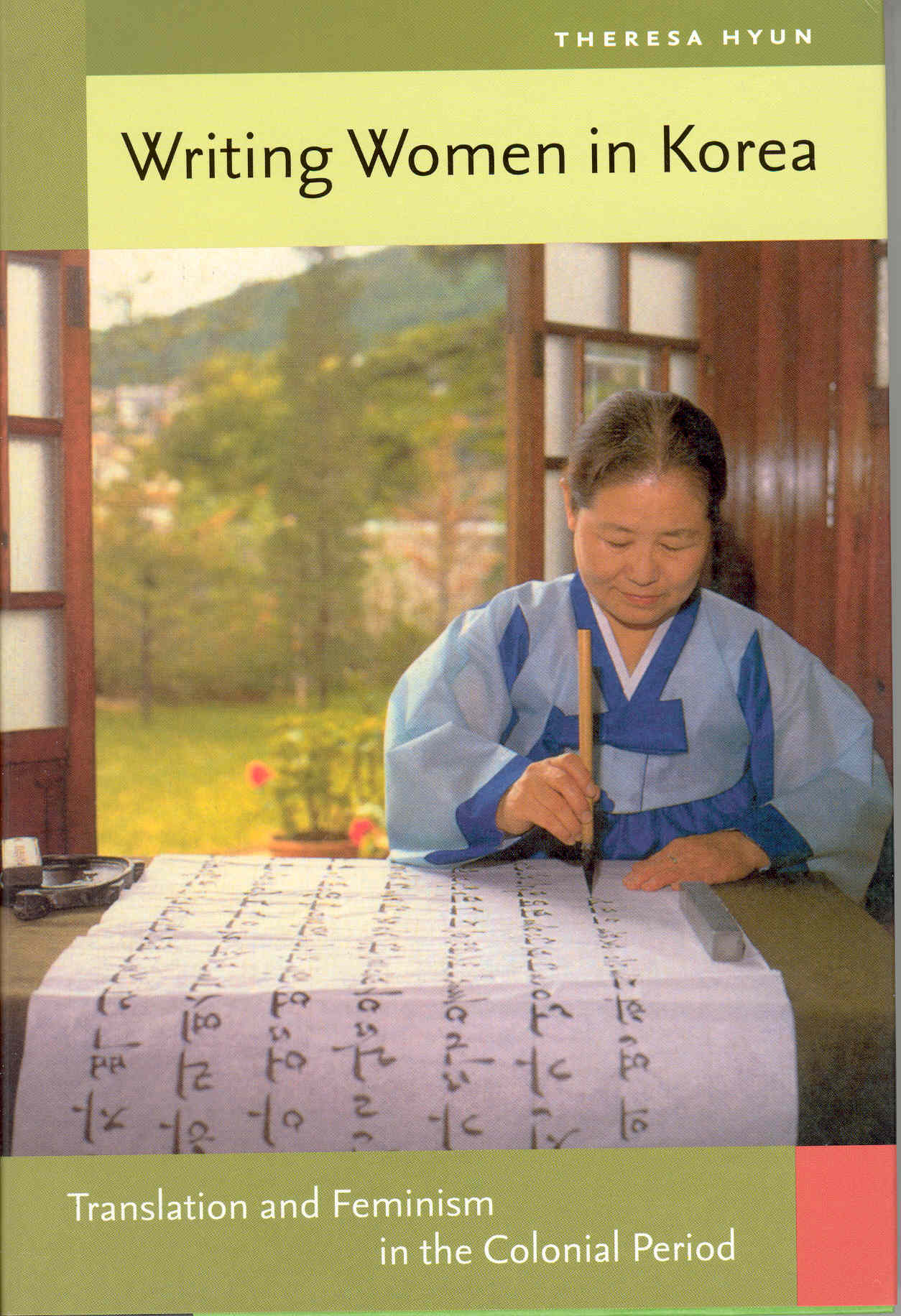
Lit.Theory기타 | 한국여성의 글쓰기(前 해외한국문학 연구지원사업 지원) Writing Women in Korea
저자 Teresa Hyun 테레사 현 ㅣ 역자
출판사 미국 University of Hawaii Press ㅣ 출판일 2004
Writing Women in Korea
Theresa Hyun(Author)/ USA: Univ.of Hawaii Press,2004
This book examines the role of women in Korea, their translations, and the new ecriture dating back from the early 1900's to the late 1930's. The author analyzes the works of women translations at the time, and the relationship between the translations to their original texts written by women authors in Korea. Hyun explains in detail the affect women translators have had on Korean literature and the cultural evolution. as well as their contribution to the formation of a new gender and national identity. For example the emergence of the " New Woman" in the 20's and 30's. she argues, drew strength from the translations of early 20th century European epics and other foreign literary works. Elsewhere, she reveals the existence of a bond between literature in translation and works such as those of Park Hwa-Sung of No Yun-Suk. With the importance of writing women in the early 20th century Korea as its main subject, Writing Women in Korea is expected to be of considerable benefit to English researches studying Korean literature. -
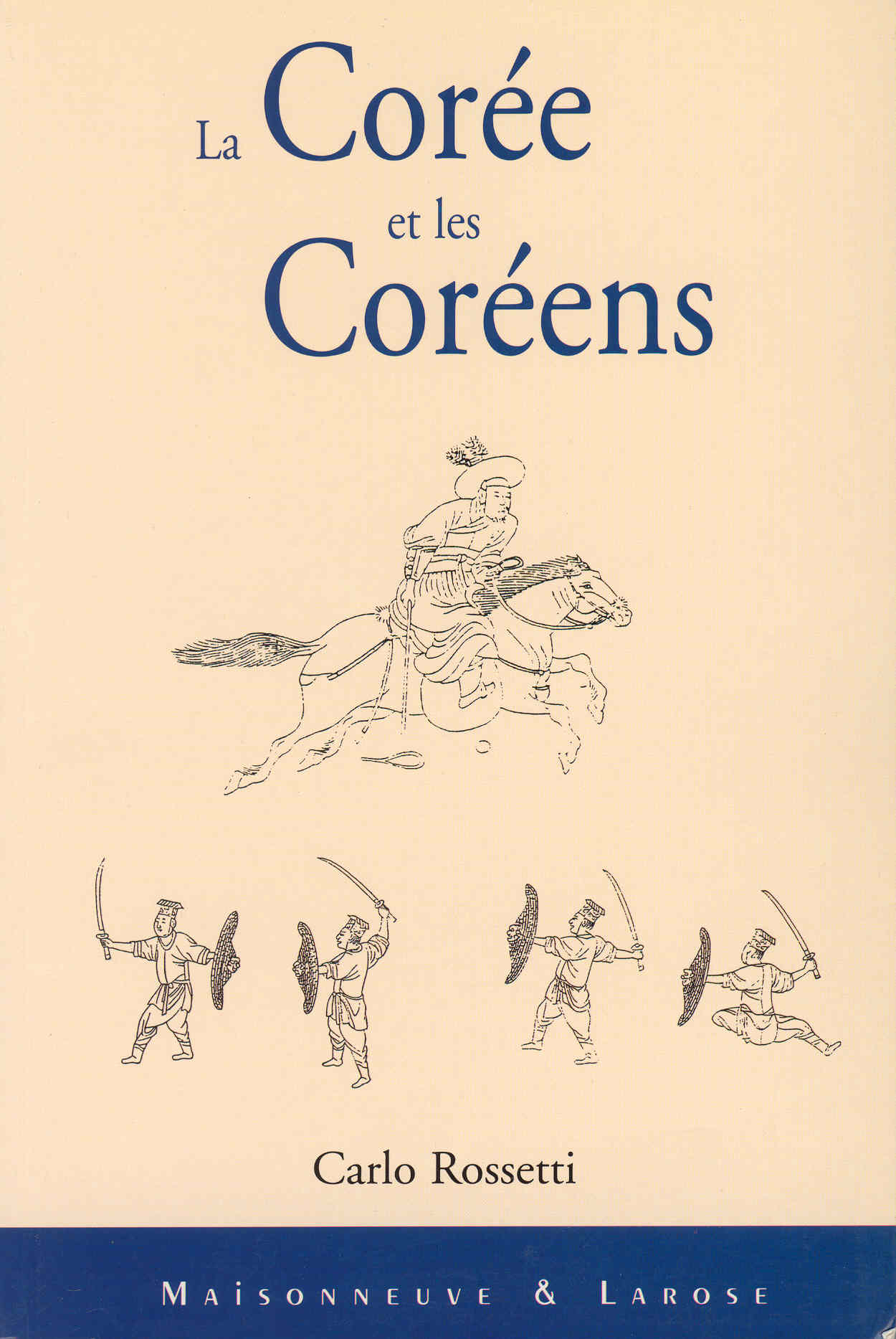
Lit.Theory기타 | 한국, 한국인(前 한국문학 번역지원사업 지원) La Corée et les Coréens
저자 카를로 로세티 ㅣ 역자 No Mi-Sug 노미숙, Alain Génetiot
출판사 프랑스 Maisonneuve & Larose ㅣ 출판일 2002(2001 지원)
한국과 한국인 La Corée et les Coréens
카를로 로제티 著/ 노미숙,알랭 제네지오 共譯/ 프랑스 메종뇌브 刊
1902년 이탈리아 영사로 부임해 8개월간 한국에 머물렀던 카를로 로제티가 쓴 『Corea e Coreani 한국과 한국인』이 불어로 번역돼 나왔다. 저자가 이탈리아로 귀국하여 1904년에 출간한 이 책에는 궁중의 일상에서부터 교육 제도, 형벌 제도, 종교, 일제 침략 등에 이르기까지 격동기의 대한제국에 관한 모습이 담겨 있다. 특히 주목할 만한 것은 400여장에 이르는 사진이다. 이 사진들은 1902∼1903년 당시 한국의 모습을 생생하게 전해 주고 있다. 프랑스 학계, 문화계에 한국 사회의 전통과 고유한 문화를 소개하고 이해시키는데 큰 도움이 될 것으로 기대된다. 2001년 지원.
La Corée et les Coréens (Korea and Koreans)
Carlo Rossetti (Author)/ No Mi-Sug, Alain Génetiot (Translators)/ France: Maisonneuve & Larose, 2002
Corea e Coreani, written by Carlo Rossetti from eight months experience living in Korea as the Italian consul beginning in November 1902, finds apt French translation over one hundred years after the fact. Covering schooling, system of punishment, religion, Japanese imperialist invasion and even a day at the Royal Court, it chronicles the Korean empire at a time of revolution, giving the French academic and literary world an overview of traditional Korea. The 400 vivid photographs capturing lives in the period between 1902 ~ 1903 deserve a special mention. -
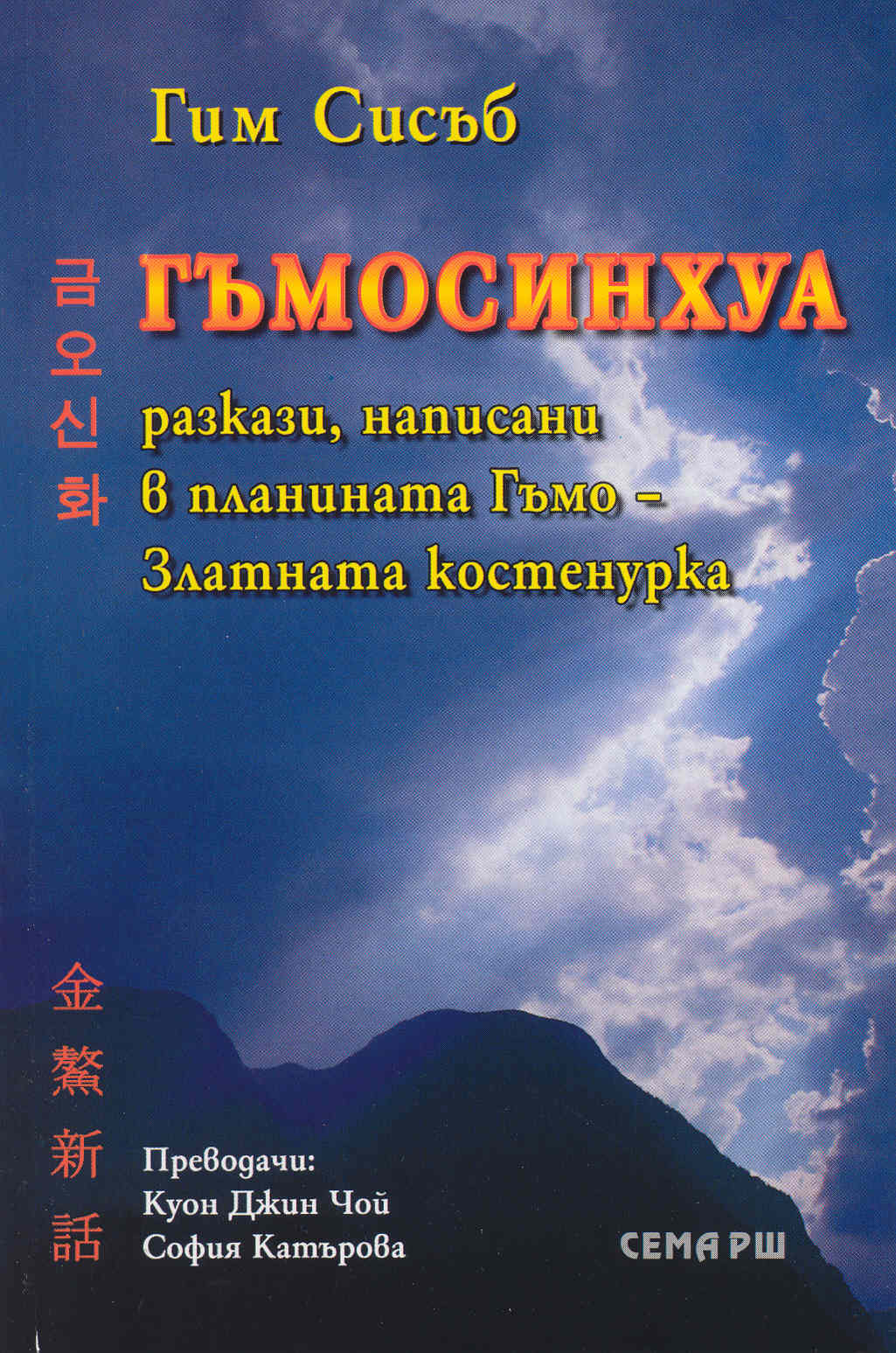
Classic고전 | 금오신화(前 해외한국문학 연구지원사업 지원) ГЪМОСИНXУА
저자 김시습 ㅣ 역자 Choi Gwon-Jin 최권진, Sophia Karteva
출판사 Bulgaria불가리아 Sema RSH ㅣ 출판일 2003(2001 지원)
금오신화 ГЪМОСИНХУА
김시습 作/ 최권진·소피아 카터로바 共譯/ 불가리아 세마 르쉬 刊
한국 전기체(傳奇體) 소설의 효시인 김시습의 한문소설집 『금오신화』가 불가리아어로 번역 출판됐다. 조선 전기에 나온 이 소설집에는 「만복사저포기(萬福寺樗蒲記)」, 「이생규장전(李生窺墻傳)」, 「취유부벽정기(醉遊浮碧亭記)」, 「용궁부연록(龍宮赴宴錄)」, 「남염부주지(南炎浮洲志)」 등 5편이 수록되어 있는데, 최권진 교수는 이 다섯 편을 모두 번역했다. '금오산(황금 거북이 산)에서 쓴 이야기들' 이라고 표지에 설명을 단 이 번역서는 저자와 작품에 대해 자세한 해설도 함께 싣고 있다. 『금오신화』는 형식상 소설이라는 문학 양식을 확립한 첫번째 작품으로 평가받고 있으며, 내용상으로도 현실의 제도, 인습, 운명 등에 대항하는 인간의 의지를 담고 있다는 점에서 문학사적 의의가 큰 작품이다. 2001년 지원.
ГЪМОСИНХУА (Geum-Oh Myth)
Kim Si-Seup (Author)/ Choi Gwon-Jin (Translators)/ Bulgaria: СЕМА РШ, 2003
Originally a collection of stories written in Chinese characters by the progenitor of Korean Fantastic fiction, Kim Si-Seup (1435~1493), it records five stories created in the first half of the Chosun dynasty and collected in the Geum-Oh Myth: Man bok sa jeo pogi(萬福寺樗蒲記), Yi saeng kyu jang jeon(李生窺墻傳), Chui yu bu byuk jun gi(醉遊浮碧亭記), Yong gung bu yeon rok(龍宮赴宴錄), Nam yeom bu ju ji(南炎浮洲志). Characters of wit and beauty, and mysterious tales divorced from reality, are qualities often found in fantastic fiction. The stories affirm humanity, and express a strong human will to fight against system, custom, war, and human fate. This translated version subtitled Stories Written At Mt. Geum Oh (gold turtle mountain) also contains detailed commentary on Kim Si-Seup and Geum Oh Myth. -
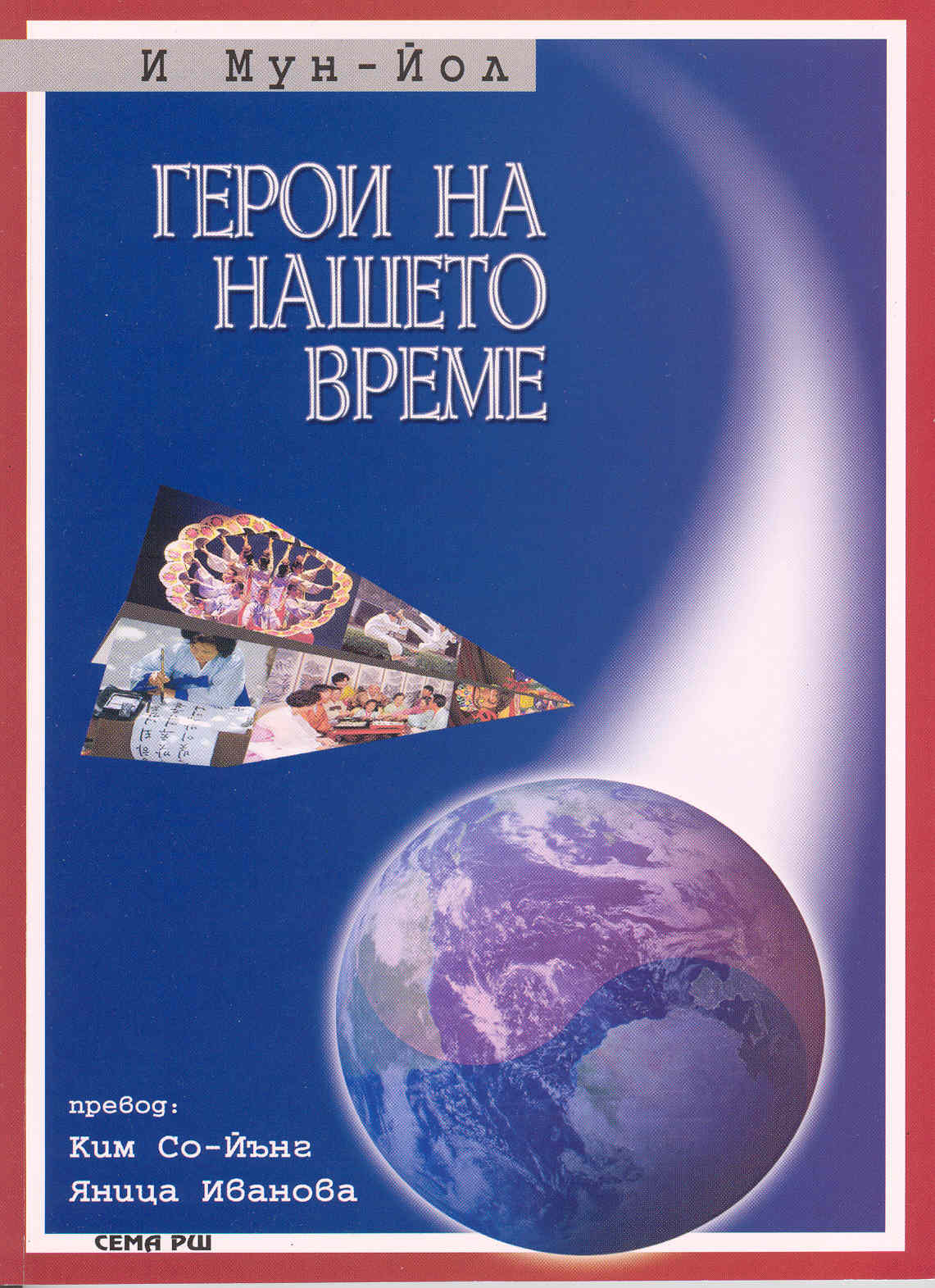
Fiction소설 | 우리들의 일그러진 영웅(前 해외한국문학 연구지원사업 지원)
저자 이문열 ㅣ 역자 김소영, 야니자 이바노바
출판사 Bulgaria불가리아 Sema RSH ㅣ 출판일 2003(2002 지원)
이문열 단편소설집 『ГЕРОИ НА НАШЕТО ВРЕМЕ 우리들의 일그러진 영웅』에는 표제작인 「우리들의 일그러진 영웅」을 비롯하여 「타오르는 추억」「이 황량한 역에서」등 3편이 실려 있다. 「우리들의 일그러진 영웅」은 시골 초등학교 상급반 교실에서 벌어지는 사건을 통해 권력과 그 주변 인물의 속성을 그린 단편 소설이다. '엄석대'로 전형화(典型化)된 권력, 그리고 그의 주변 반 아이들의 기회주의 근성을 그려 나가면서, 권력의 무상함과 거기에 기생(寄生)하는 변절적 순응주의를 동시에 비판하고 있는 작품이다. 이문열의 소설은 이번에 처음으로 불가리아에 소개되었는데 한국의 문학작품을 많이 접하지 못한 불가리아의 독자들에게 이 책은 불가리아와 한국 문학을 연결하는 또 하나의 고리가 될 것으로 기대되고 있다. 이 책은 소피아대 한국학과 학생들의 현대문학 강의 보조교재로도 사용될 예정이다. 이 책을 출판한 세마 르쉬 출판사는 주로 인문과학 분야의 서적을 출판하고 있으며, 조세희의 『난장이가 쏘아올린 작은 공』을 출판하기도 하였다.
ГЕРОИ НА НАШЕТО ВРЕМЕ (Our Twisted Hero)
Yi Mun-Yol (Author)/ Kim So-Young, Yanitsa Zhelyazkova Ivanova (Translators)/ Bulgaria: СЕМА РШ, 2003
First publication of Yi Munyol’s collected short stories in Bulgaria, this book spans over three works: Our Twisted Hero, Burning Recollection, and At This Desolate Station. The title piece Our Twisted Hero depicts the chilling psychological warfare between transfer student Han Byong-Tae from Seoul and the provincial elementary school class monitor-dictator Um Seok-Dae, to ultimately criticize the political climate and diplomatic tactics of the ‘adult’ world. Undoubtedly the author’s masterpiece, Our Twisted Hero was even adapted to film. Burning Recollection traces the tragic life of the protagonist who receives contempt and abuse from adults for his actions of indiscretion as a child, and in At This Desolate Station, the protagonist, after longing for his father at a station, comes to the realization that he, too, must come to the station of life empty-handed only to stay a while and leave again. The department of Korean studies at the University of Sofia uses this book as a supplementary text in their modern literary curriculum. -
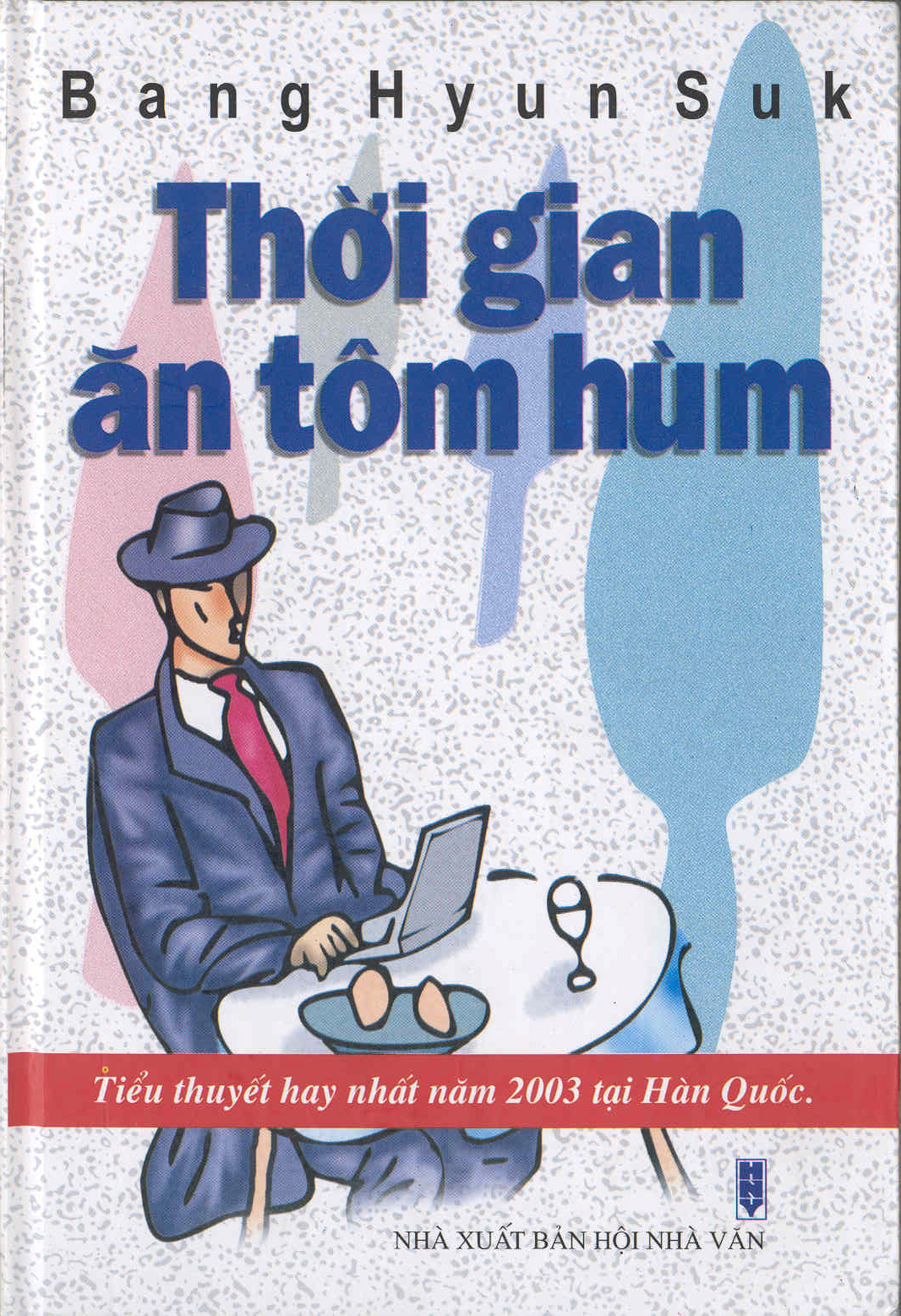
Fiction소설 | 랍스터를 먹는 시간(前 해외한국문학 연구지원사업 지원) Tho'I gian ăn tôm hùm
저자 방현석 ㅣ 역자 Ha Minh Thanh
출판사 Vietnam베트남 베트남작가동맹출판사 ㅣ 출판일 2004(2004 지원)
랍스터를 먹는 시간
방현석 作/ 하 밍 타잉 譯/ 베트남 작가동맹 출판사 刊
베트남을 무대로 한 방현석의 중편소설 「랍스터를 먹는 시간」과 「존재의 형식」이 베트남어로 번역되어 출간되었다. 이 두 작품은 한국어를 아는 베트남인들에게 깊은 감명을 주었을 뿐만 아니라 베트남 문단에서도 깊은 관심의 대상이 된 바 있다. 한국 현대소설이 베트남어로 번역, 출간된 것은 이번이 처음이다. 12월에는 작가와 번역자가 참가한 가운데 베트남 현지에서 출판을 기념하는 낭독회 등 다양한 행사가 펼쳐졌다. 현재 베트남에는 한국기업들이 많이 진출해 있고 한국 드라마, 패션 등에 관한 베트남인들의 관심도 매우 높아 이번 번역서 출간을 계기로 한국문학에 대한 관심도 더욱 커질 것으로 기대된다.
Thò’i gian ăn tôm hùm (Time to Eat Lobster)
Bang Hyun-Suk(Author)/Hà Minh Thành(Translator) /Vietnam: Vietnam Writers Federation,2004
Set in Vietnam, Hyun-seok Bang’s novellas Time to Eat Lobster and Mode of Existence have been translated into Vietnamese and published. These two works not only made a great impression on Vietnamese readers, but became the subjects of keen interest in Vietnamese literary circles as well. This is the first time a modern Korean novel has been translated into Vietnamese and published. Several events commemorating the publication have been held, such as a reading in Vietnam in December in which both the author and translator participated. Many Korean firms are operating in Vietnam, and as Vietnamese people are highly interested in Korean dramas, fashion, etc, it is hoped that the publication of this translation will increase the level of interest in Korean literature as well. -

Language어학 | 강독을 위한 한국고전문학(前 해외한국문학 연구지원사업 지원)
저자 ㅣ 역자 Hyun Won-Suk 현원숙
출판사 Russia 카자흐스탄 베델기획 ㅣ 출판일 2004(2003 지원)
강독을 위한 한국고전문학
현원숙 著, 베델기획 刊
러시아어 사용자들이 한국어를 효과적으로 배울 수 있도록 편찬한 한국어 강독 교재이다. 한국어와 함께 한국의 전통문화를 함께 이해할 수 있도록 하기 위해 단군신화, 바보온달, 콩쥐팥쥐, 심청전, 양반전, 별주부전, 호동왕자, 구운몽 등 8편의 한국 고전문학을 수록하였다. 러시아어권 국가에서 한국어를 가르치는 교사의 전문성이 낮은 현실에서 러시아어 강독 교재뿐만 아니라 문학 교재로서도 널리 활용될 것으로 기대된다. 서론에 한국문학과 한국 고전소설에 대한 설명을 싣고 있다. 본문에 수록된 8편의 작품은 ‘작가소개-이해와 감상-줄거리-본문-과제’의 순으로 되어 있다. 한국어를 가르치는 교사나 한국어과 대학생의 ‘작품 읽기’ 교재로 활용할 예정이다.
Classical Korean Literature for Readers of Korean as a Foreign Language
Kim Man-Jung et el. (Author)/Hyun Won-sook(Translator)/ Russia: 베델기획, 2004
This is a reading textbook for Russian speakers designed for effective learning of the Korean language. Eight classic Korean stories were gathered in order to facilitate the understanding of traditional Korean culture along with the Korean language. The stories are The Legend of Dan-kun, On-dal the Idiot, The Story of Kong-jui and Pat-jui, The Story of Shim-Cheong, The Story of the Noble Lord, Prince Ho-dong, and The Dream of Nine Clouds. The introduction contains an explanation about Korean literature and classic Korean short stories. Each story is treated in the order of ‘introduction of the author,’ ‘understanding and appreciation,’ ‘plot,’ ‘original text,’ and ‘exercises for the student.’ -
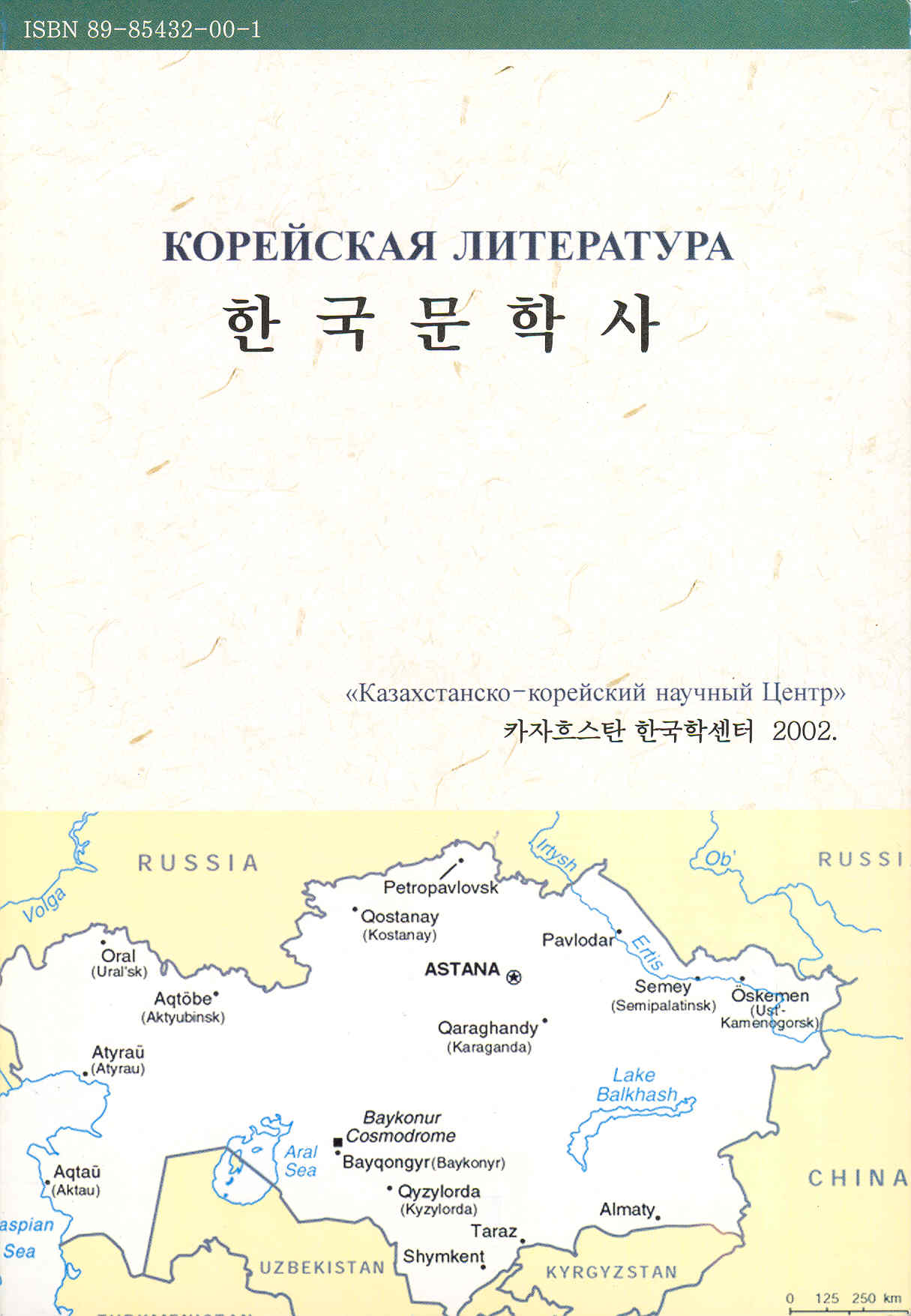
Lit.Theory문학사 | 한국문학사(前 해외한국문학 연구지원사업 지원) КОРЕЙСКАЯ ЛИТЕРАТУРА
저자 ㅣ 역자 Hyun Won-Suk 현원숙, 카자흐스탄 한국학센터
출판사 Kazakhstan카자흐스탄 알마티국립대 출판부 ㅣ 출판일 2002(2000 지원)
한국문학사 КОРЕЙСКАЯ ЛИТЕРАТУРА
현원숙 外 編譯, 카자흐스탄 한국학센터 刊
카자흐스탄 알마티국립대 한국학센터에서 펴낸 『한국문학사』는 외국인을 위한 한국문학사 교재라는 점을 감안하여 집필자들의 실제 강의자료들을 모아 전체적인 틀을 구성하는 등 한국문학 교재로서의 특수성을 살렸다. 고대문학부터 1960년대 이후 현대문학까지 한국문학사를 폭넓게 다루면서, 각 장마다 해당 시기의 대표적 문학작품을 번역하여 소개하거나, 원문의 일부를 수록하였다. 러시아어로 발간된 최초의 한국문학사로서 현지에 한국문학을 소개하고 한국학 전공자들에게는 한국문학사를 공부할 수 있는 좋은 교재가 될 것으로 보인다. 2000년 지원.
КОРЕЙСКАЯ ЛИТЕРАТУРА (The History of Korean Literature)
Hyun Won-Suk et al. (editor and translators)/ Kazakhstan Almati University Center for Korean Studies, 2002
In consideration of the fact that КОРЕЙСКАЯ ЛИТЕРАТУРА (‘History of Korean Literature’) addresses foreign students, editors differentiated their textbook by compiling actual notes from their own lectures to form the overall structure. Treating a broad time spectrum of ancient to post-1960 Korean literature, each chapter cites a translation or excerpt of a major work of the time, and as the first Korean history of literature book to be published in Russian, offers Korean studies majors the opportunity to learn more Korean Literature. -

Drama희곡 | 한국연극 1(前 해외한국문학 연구지원사업 지원)
저자 유치진 외 ㅣ 역자 김원석, 전정옥, Sergey Nilov
출판사 Russia러시아 국립연극아카데미출판사 ㅣ 출판일 2004(2002 지원)
한국연극 1
김원석,전정옥,세르게이 닐로프 共譯/러시아국립연극아카데미 刊
러시아어로 번역된 최초의 한국대표희곡집이다. 유치진의 「처용의 노래」, 함세덕의 「동승」, 오영진의 「맹진사댁 경사」, 윤대성의 「출발」 등 네 작품이 실려 있다. 유치진의 「처용의 노래」를 비롯한 한두 편이 이미 러시아 연출가들의 관심을 받고 있어 곧 러시아 연극무대에 올려질 수 있을 것으로 기대된다. 함세덕이나 오영진은 러시아의 로조프나 발로진 등과 비슷한 세대의 작가들이어서 주목받고 있다. 윤대성의 「출발」은 한국이라는 테두리를 벗어나 1960~70년대의 러시아를 비롯한 세계 희곡문학을 통해 제기된 시간과 공간, 신과 교회, 사랑과 죽음 등 다양한 문제들과 연관되어 있다.
Korean Plays 1
Yu Chi-Jin et el.(Author)/Kim Won-Suk, 세르게이 닐로프(Translators)/ Russia: The Russian National Academy of Theater ,2004
This is the first collection of significant works of Korean drama to be translated into Russian. The collection contains four works - Yu Chi-Jin’s Song of Chu-yong, Ham Se-Dok’s Boy Monk, Oh Young-Jin’s Auspicious Event at the House of Lord Maeng, and Yun Dae-seong’s Departure. Song of Chu-yong, along with some of his other works, has already attracted the interest of some Russian producers, and is expected to open on the Russian stage soon. Ham Se-dok and Oh Young-Jin are writers of a similar generation as Russia’s 로조프, 발로진 and others, and thus are being noticed. Yun Dae-Seong’s Departure transcends Korean boundaries, and grapples with time and space, God and church, love and death, and other problems raised by Russian and world playwrights in the 1960’s. -
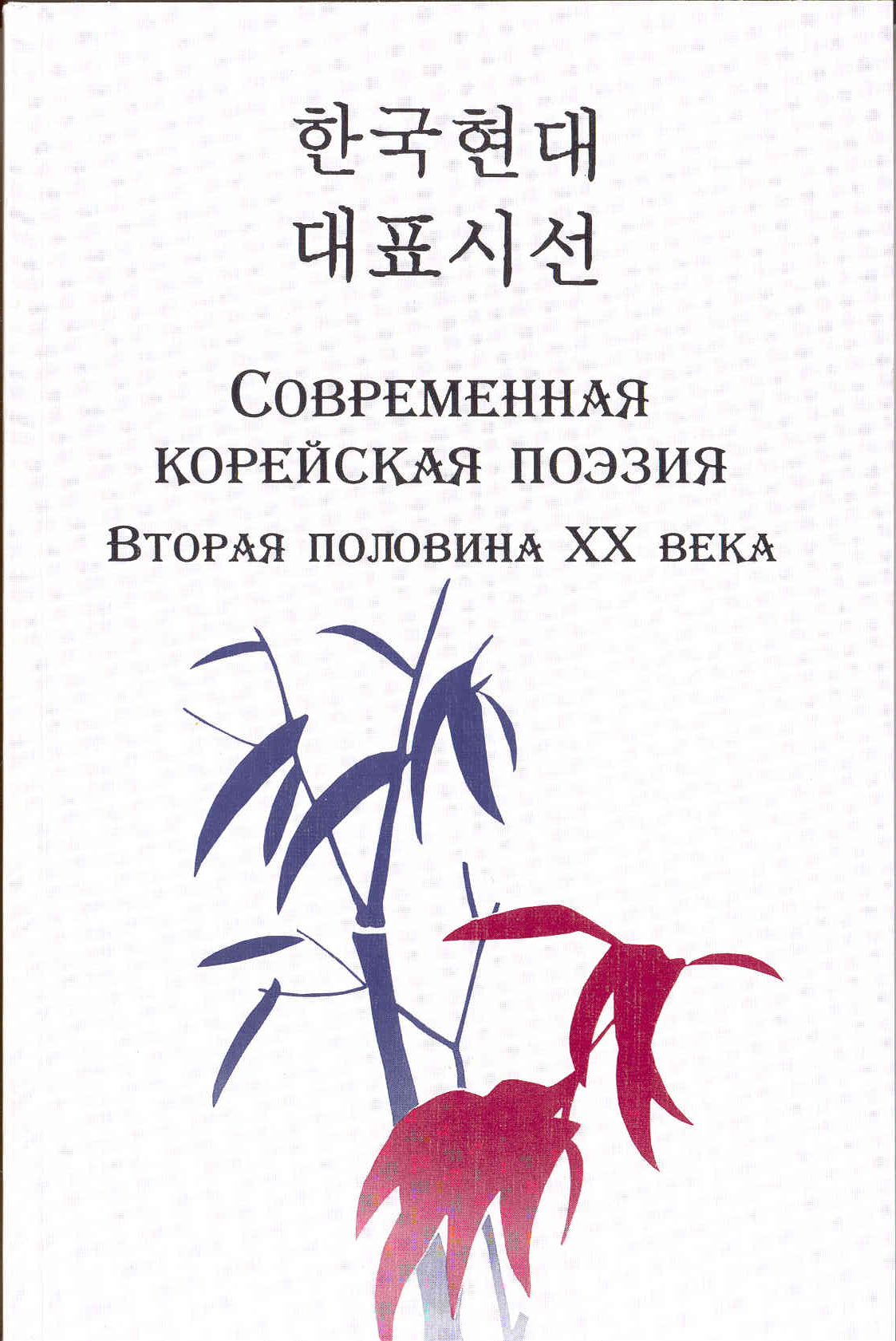
Poetry시 | 한국현대대표시선(前 해외한국문학 연구지원사업 지원)
저자 김광섭 외 ㅣ 역자 Larisa Pisareva, 김현택
출판사 Russia모스크바세계문학연구소 ㅣ 출판일 2004(2001 지원)
한국현대대표시선 Major Works of Modern Korean Poetry
라리사 피사레바,김현택 譯/ 러시아 모스크바 세계문학연구소 刊
러시아에서 출간된 첫 번째 한국현대시선집이며 러시아 독자들에게 한국 현대시의 다양한 경향을 선보일 것으로 기대된다. 이 번역서에는 김광섭, 김현승, 신동엽, 조병화, 김춘수, 김남조, 신경림, 고은 등 한국의 현대 시인 34명의 대표시 79편이 실려 있다. 러시아 주요 도시의 대형 도서관을 비롯하여 재러한국대사관 문화센터, 모스크바 삼일문화원 등을 통해 시선집을 적극 홍보하고 있으며 한국학과가 설치된 러시아 대학교에서 교재로 사용할 수 있도록 노력하고 있다.
Major Works of Modern Korean Poetry
Kim Kwang-sub et el.(Author)/ Kim Hyun-taek, 라리사 피사레바(Translators) / Russia : Moscow Institute for World Literature ,2004
This is the first collection of Korean poetry to be published in Russia. It is expected to provide Russian readers with an introduction to the various trends in modern Korean poetry. There are 79 representative poems of 34 modern Korean poets, including Kim Kwang-Sub, Kim Hyun-Seung, Shin Dong-Yeob, Jo Byoung-Hwa, Kim Chun-Su, Kim Nam-Jo, Shin Kyoung-Lim, Ko Un, and others. The collection is being actively marketed, starting with the large libraries in major cities, and through the Cultural Center of the Korean Embassy in Russia, the Moscow Sam-il Center of Culture, and others. Efforts are also being made to have the collection used as a textbook in Korean Studies Departments at universities in Russia. -
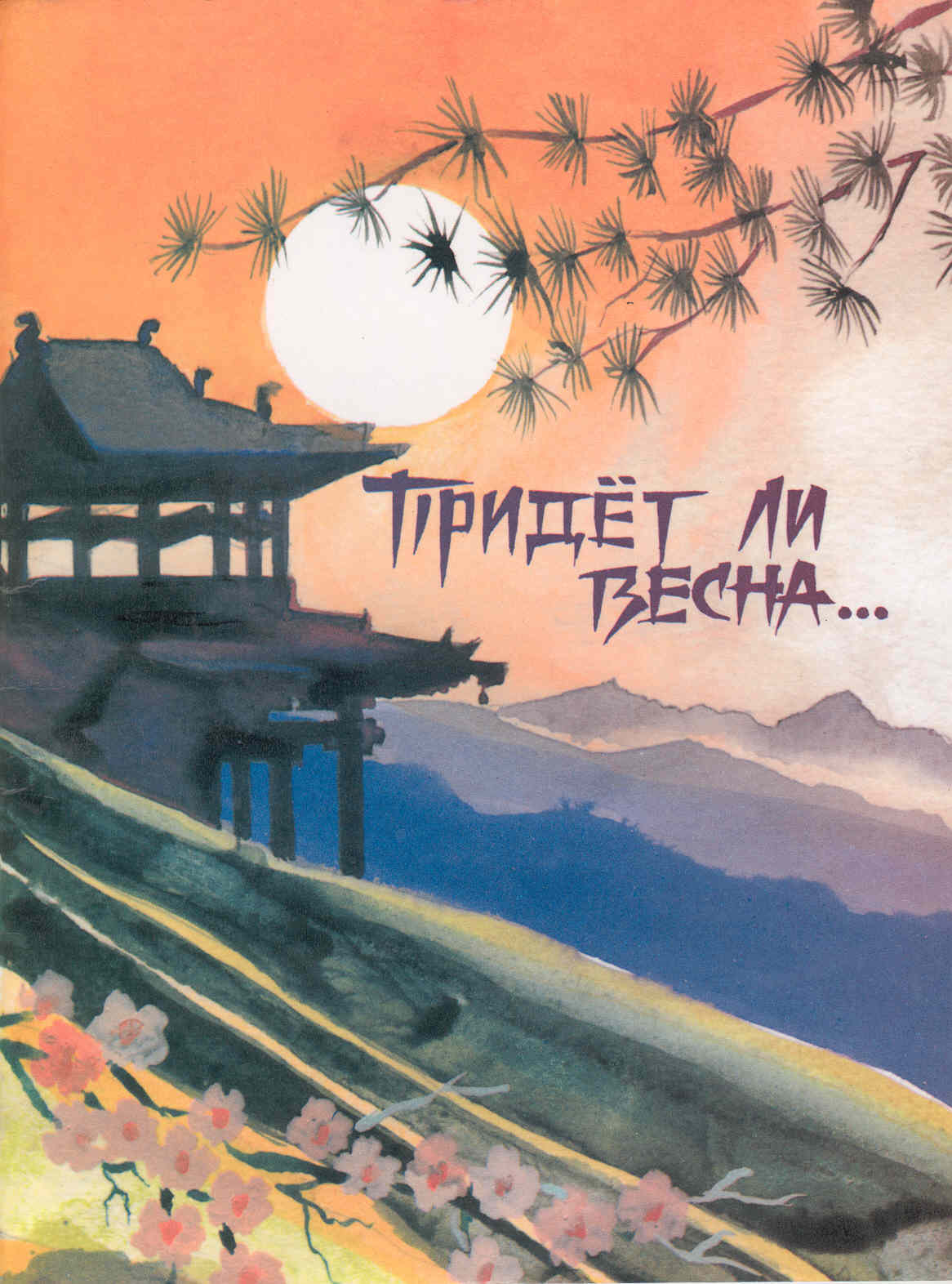
Poetry시 | 봄은 오는가 (한국현대시선집)(前 해외한국문학 연구지원사업 지원) Придёт ли весна
저자 이육사 외 ㅣ 역자 Amanova Gulistan
출판사 Uzbekistan우즈베키스탄 Karakalpakstan ㅣ 출판일 2003(2002 지원)
봄은 오는가 Придёт ли весна……
아마노바 굴리스탄 譯/ 우즈베키스탄 카라칼파크스탄 刊
우즈베키스탄에서 처음으로 출판된 한국현대시선집이다. 윤동주, 이육사, 이상화, 한용운, 조지훈, 서정주 등 17명의 시인들의 대표작 51편이 러시아어로 번역돼 실려 있다. 역자는 각 시인들에 대한 소개와 함께 한국 현대시에 대한 전반적인 설명을 곁들여 중앙아시아 독자들이 한국 현대시를 이해하는데 도움을 주고 있다. 시집 제목인 '봄은 오는가'는 이상화의 시 「빼앗긴 들에도 봄은 오는가」에서 인용했다. 2002년 지원.
Придёт ли весна... (Does Spring come?)
Yun Dong-Ju et al. (Authors)/ Amanova Gulistan (Translator)/ Uzbekistan: Karakalpakstan, 2003
Fifty one seminal works by 17 poets such as Yun Dong-Ju, Yi Yook-Sa, Lee Sang-Hwa, Han Yong-Woon, Jo Ji-Hoon, and Seo Jeong-Ju, compose this first Russian anthology of modern Korean poetry to be printed in Uzbekistan. Introductions to poets and an overview of modern Korean poetry by the translator provide readers from central Asia a quick synopsis. The title, Придёт ли весна... (‘Does Spring come’), derives from the poem Does Spring Come to Stolen Fields? by Yi Sang-Hwa. -
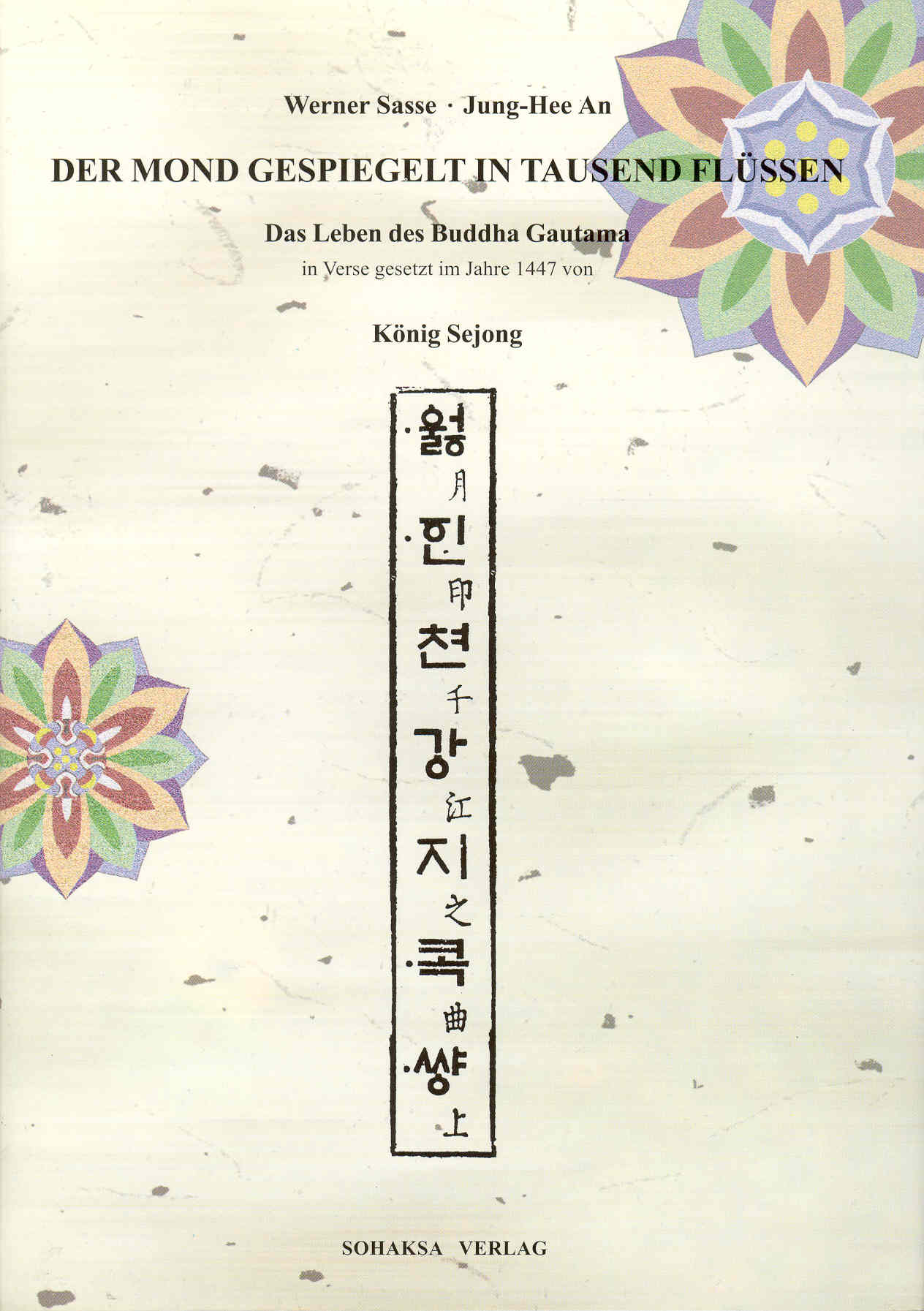
Classic고전 | 월인천강지곡(前 해외한국문학 연구지원사업 지원) Der Mond Gespiegelt in Tausend Flüssen
저자 세종대왕 ㅣ 역자 Werner Sasse, Jung-Hee An 안정희
출판사 Korea한국 소학사 ㅣ 출판일 2002(1996 지원)
월인천강지곡 Der Mond Gespiegelt in Tausend Flüssen
세종대왕 著/ 베르너 삿세,안정희 共著/ 소학사 刊
독일 함부르크대학의 베르너 삿세(Werner Sasse) 교수와 안정희 교수가 공동 작업하여 5년여 만에 이루어낸 결과물이다. 양장본 신국판으로 총 5백2쪽에 달하는 이 책에는 '월인천강지곡' 194연에 대한 독일어 번역, 해설과 더불어 중세국어의 어휘, 어법 등 언어학적 연구가 망라되어 있어 외국어로의 첫 번역이라는 의미를 넘어서 중세 한국어문학연구에 큰 성과를 거둔 것으로 평가할 수 있다. 해외에 최초로 소개되는 중세한국어 교재인 만큼 중세문학 및 훈민정음 창제 후 조선초기의 언어연구 자료로 크게 활용될 것으로 보인다. 1996년 지원.
Der Mond Gespiegelt in Tausend Flussen
König Sejong (Author)/ Werner Sasse, Ahn Jung-hee (Translators)/ Korea: Sohaksa, 2002
After five years of research, Professors (Universität Hamburg) Werner Sasse and Ahn Jung-Hee published their magnum opus, a hardcover edition numbering 502 pages and including the German translation and interpretation of the 194 stanza Wolinchongangjigok (The Moon Shines on A Thousand Rivers), as well as a complete analysis and contextualization of the 15th century grammatical forms, entitling their book as both a literary and linguistic achievement, and not simply the first foreign translation of this text. As it is the first textbook on medieval Korean introduced abroad, it will present a great source of material for research on medieval literature and post-Hun-Min-Jung-Um Chosun linguistic study. -

Lit.Theory문학사 | 한국근대문학과 일본(前 해외한국문학 연구지원사업 지원)
저자 사에구사 도시카쓰 三枝壽勝 ㅣ 역자
출판사 Korea한국 소명 ㅣ 출판일 2003(2001 지원)
한국 근대문학과 일본
사에구사 도시카쓰 외 著/ 소명출판 刊
이 책은 동경외국어대 사에구사 도시카쓰(三枝壽勝) 교수의 정년퇴임 기념논문집이다. 일본에서 '조선문학연구회'를 이끌며 평생을 한국 근대문학 연구와 보급에 바친 사에구사 교수를 위해 한·중·일 3개국 연구자들이 집필에 참여했다. 한국 근대문학기의 작품과 작가에 대한 연구 논문이 주를 이루고 있으며 일본문학과의 비교문학적 관점에서 근대문학의 흐름을 조망하고 있다. 8월 22일에는 40여명의 한일 한국문학 연구자들이 참여한 가운데 출판기념회를 열기도 했다. 2001년 지원. -

Poetry시 | 한국인의 사랑 (한국현대시선집)(前 해외한국문학 연구지원사업 지원) Korean Love
저자 김소월 외 ㅣ 역자 Ruth Arazi, 박미영
출판사 Israel이스라엘 Hakibbutz Hameuchad ㅣ 출판일 2000(1999 지원)
Ahaba Korianit(Korean Love) 한국인의 사랑
루트 아라지,박미영 共譯/ 이스라엘 하키부츠 하메우하드 刊
김소월, 서정주, 김지하, 김남조, 한용운 등 한국 현대 시문단을 대표하는 시인 15명의 작품 중 한국인의 보편적인 '사랑'을 다루고 있는 60편의 시편이 히브리어로 번역, 소개되어 있다. 시집 곳곳에 한국의 산수화, 민속화가 들어있어 시의 정취를 배가시키고 있다. 건국대 히브리학과 교수인 루트 아라지(Ruth Arazi) 교수와 번역가 박미영씨가 번역하였으며, 작품의 선정에 있어서는 '한국-이스라엘 여성협회' 이사인 문정희 시인, 서울대 오세영 교수 등이 참여했다. 1999년 지원.
Ahaba Koreianit (Korean Love)
Kim Sol-Wol, et al. (Authors)/ Ruth Arazi, Park Mi-Young (Translators)/ Israel: Hakibutz Hameuhad, 2000
First to be translated into Hebrew and published in Israel, Ahaba Koreianit documents 60 poems by 15 poets (Kim So-Wol, Seo Jeong-Ju, Kim-Ji-Ha, Kim Nam-Jo, etc) representative of current poetry in Korea. Selections by the director of the Korea-Israel Women’s Association, poet Mun Jong-Hee, and the Seoul National University Professor, Oh Sae-Young, includes Han Yong-Woon’s Obedience, Kim So-Wol’s Azaleas, Seo Jeong-Ju’s Deep Blue Sky, and Kim Chun Su’s Flower, mainly concerned with the love of the Koreans. The 18 pieces of Korean landscape and folk paintings from the National Museum of Korea collection doubles the ethnic appeal. Brief biographies and introductions to works comprise the latter half of the volume.

